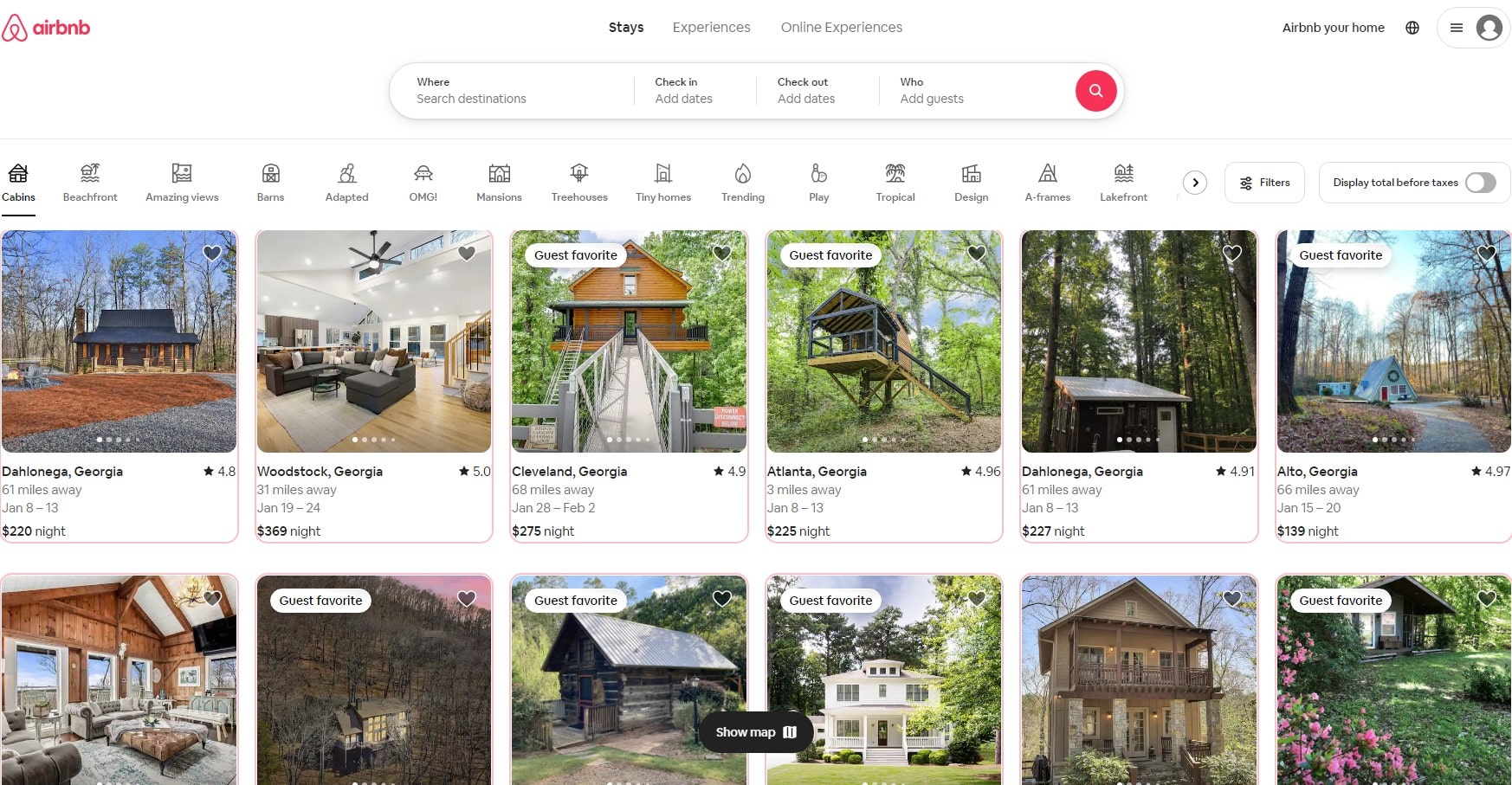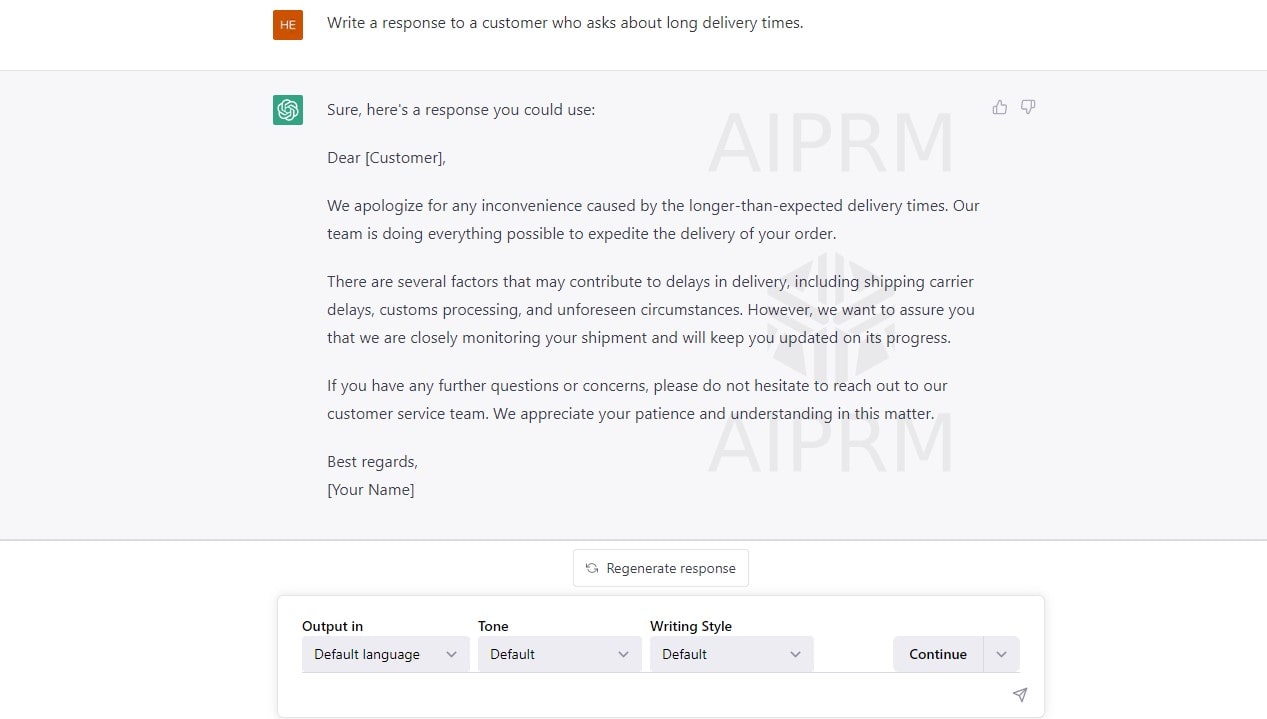A fresh strategy called “growth hacking” has transformed companies’ adaptation to the ever-changing environment of digital marketing. Growth hacking basically combines analytical thinking with creativity and social measures to sell products and obtain exposure. It’s not only about the conventional type of marketing; it’s about growth-oriented plans meant to provide immediate results. We at Plerdy know these creative ideas are influencing modern companies. This article explores deeper growth hacking, defining the phrase and providing ideas on how to use it, therefore helping you change your company strategy. If you want your business to flourish rather than only survive, then hold on tightly as we discuss this viral marketing technique.
Understanding Growth Hacking
Both startups and established companies will find resonance in the phrase “growth hacking,” which marks a new era of marketing in which agility and creativity rule. This part seeks to demystify growth hacking, dissect it into its fundamental components and historical foundations, so enabling companies looking for faster development to have a more concrete form.
Definition and Origin of Growth Hacking
Growing hacking became a unique strategy among the startup explosion when resources were limited but growth goals were great. Originally coined by Sean Ellis in 2010, the phrase describes a strategy emphasizing mostly fast and sustainable corporate expansion. It combines many disciplines like technology, data analytics, and creative thinking in addition to marketing. Often employing tools and techniques different from conventional marketing approaches, growth hacking is about discovering clever, reasonably priced, creative ways to expand a company. This kind of thinking sees every facet of the company from a growth perspective.
Essential Growth Hacking Principles
A few fundamental ideas underpin growth hacking:
- Agility: Capacity to react fast to data insights or market developments.
- Creativity: Identifying unusual approaches to meet problems connected to development.
- Data-Driven Decisions: Measurement of success and strategy guidance derived from analytics
- Prioritizing user experience and involvement helps one to achieve natural development.
- Using technology and automation will help one to do more with less.
These ideas help growth hackers in their search to propel corporate success. Unlike conventional marketers, a growth hacker’s ultimate objective is not only visibility or brand promotion but also measurable increase in terms of user base, income, or market penetration. To reach these objectives, they frequently use A/B testing, content marketing, SEO optimization, and viral methods among other approaches. Growth hacking is, most importantly, about iterative processes, continual testing, learning, and improvement motivated by real-time data.
In the hectic corporate climate of today, growth hacking is a great instrument. It motivates companies to be creative, make effective use of resources, and remain sensitive to changing needs of their consumers. Adopting this strategy can result in major discoveries as well as a strong market competitive edge.
Real-World Growth Hacking Strategies

Beyond conventional marketing, growth hacking emphasizes tactics that produce quick and notable expansion. Here we investigate practical cases illustrating the success of growth hacking strategies. These case studies and techniques are lessons in creative thought and execution that have reshaped what it means to run a company in the digital era, not only tales.
Case Study Analysis
- Dropbox’s expansion plan centered on a referral program whereby current customers may welcome new ones by providing extra storage capacity. With this strategy, its users became champions, greatly expanding its audience without conventional advertising.
- Airbnb let its listings be shown on Craigslist, therefore using a cross-platform integration approach. This creative action early on helped build their brand and gave them access to a bigger audience.
- Hotmail included a basic message asking recipients to register for their free email service inside every user’s email signature. Millions of users were acquired in a few years thanks in great part to this viral marketing approach.
- Uber’s first expansion can be ascribed to its focused marketing initiatives in important cities. To first-time users, they provided free trips and discounts, so rapidly establishing a big user base. Uber upset the transportation sector by tackling the problems with conventional cab companies and using mobile technology.
- Instagram: A prime illustration of user involvement and product simplicity is Instagram’s ascent to popularity. The simple UI of the program and unusual filters drew a lot of users right away. Instagram also deliberately used hashtags and let smooth sharing to other social media sites, so improving its profile and user interaction.
- Early on, Pinterest took an invite-only approach to foster a feeling of uniqueness. Their main goal was to create a community of craft, design, and do-it-yourself project aficionados. Pinterest gained a committed user base by offering a platform that orderly arranged users’ interests using boards and pins, which finally resulted in extensive adoption.
- LinkedIn’s growth hacking approach centred on building a professional networking platform unlike anything else at launch. They urged consumers to create thorough profiles and establish relationships, therefore generating a network effect. LinkedIn became a must-have tool for professionals as their endorsement feature let users vouch for each other’s abilities, therefore adding great value.
- Snapchat’s special ephemeral messaging capability helped it to flourish. For a younger audience, it presented the idea of messages that vanish upon viewing as appealing. Stories, Lenses, and Geofilters kept the site interesting and modern, which helped it to attract more users quickly.
These examples show how extraordinary development can result from thinking beyond traditional marketing limits. Every one of these businesses developed methods that were not only creative but also quite successful in promoting development by using their awareness of their consumers and the digital terrain.
Using Influencer Partnerships and Social Media
Many companies have fast expanded by effectively leveraging social media and influencer relationships. To highlight their clothes, for instance, Fashion Nova deliberately teamed with celebrities and influencers on Instagram. This strategy not only generated discussion about their company but also leveraged the large following of these influencers, therefore increasing brand recognition and sales.
Apply Data-Driven Marketing
Effective growth hacking also depends critically on data-driven marketing. One outstanding example is Netflix, which uses consumer information to create content and customize suggestions. Along with enhancing user experience, this raised viewer interaction and subscription rates. Using data analytics, Netflix was able to become a worldwide powerhouse in entertainment.
Agile Method of Product Development
Another important tactic is agile product development, distinguished by quick iterations and client input responsiveness. For instance, Slack’s dedication to always improving products depending on user comments has helped it to become among the most often used office communication tools.
These growth hacking techniques highlight in general the need of being nimble, data-informed, and user-oriented. It’s not only about the tools or platforms employed; it’s also about knowing the market, fast changing with every strategy constantly putting the client first. These ideas from successful organizations will keep guiding and motivating companies striving for exponential expansion as we advance. Remember that growth hacking is essentially about challenging norms and finding fresh approaches to achieve.
Techniques and outcomes
- Often with incentives, referral programs encourage current users to suggest new ones. This approach makes use of confidence and can cause explosive expansion.
- Using the user bases of other platforms will help to greatly increase visibility and user acquisition.
- Viral marketing is producing materials or features users would naturally want to share, therefore quickly increasing your profile.
These approaches’ outcomes speak volumes. Over a 15-month span, Dropbox’s referral program produced a 3900% increase rate. Early expansion of Airbnb was mostly dependent on its Craigslist connection; Hotmail’s email signature approach enabled them to recruit over 12 million members in 18 months.
These illustrations show the variety of growth hacking is. These businesses have demonstrated that creative ideas catered to particular goals and audiences may result in amazing development whether it is through designing features that appeal to the target audience, using social media platforms, or producing a distinctive product offering. The main lesson from these case studies is the need of knowing market trends, client behavior, and using technology to produce a major influence in your particular sector.
Implementing Growth Hacking in Your Business

Using growth hacking for your company calls for a calculated approach combining analytics, creativity, and thorough knowledge of your target market. This part is meant to help you negotiate the process of including growth hacking strategies into your company’s operations.
Finding Possibilities for Growth Hacking
The first step in effectively using growth hacking is determining areas of your company ready for explosive expansion. The following describes:
- Examine your client data, website statistics, and interaction counts. Point up trends and places that might use development or improvement.
- Listen to what your customers have to say. Think about their points of view when you wish to grow or change your business.
- Industry trends will help you to keep current. Innovation or differentiating oneself from the competition calls for knowledge of what they are doing.
- Organize your staff for brainstorming meetings inside your company. Workers from many departments might present several angles on possible areas of development.
Once you have determined possible areas of development, create well defined goals. Having a particular aim can help you concentrate your development hacking efforts on anything from enhancing user engagement to boosting sales to broadening your consumer base.
Creating a growth hacking strategy
Developing a disciplined plan comes next once growth prospects have been found. Approach it this way:
- Specify exactly what success looks like. To direct your work, create SMART—specific, measurable, achievable, relevant, time-bound—goals.
- Choose suitable strategies: Choose growth hacking strategies consistent with your aims based on your objectives. Choose tactics that fit your company model whether they involve running a referral program, improving social media interaction, or streamlining your website for conversion.
- Growth hacking is about experimentation. Try several strategies to find which is most effective. Perfect your strategies with A/B testing.
- Track and adjust as needed. Track the performance of your plans always. Use data analytics to evaluate the success of your plans; be ready to veers if necessary.
- Once you have a working plan, concentrate on iteratively and scaling it. Maximizing the influence of effective strategies is the aim.
All things considered, including growth hacking into your company is an ongoing learning, experimenting, and adaptation process rather than a one-time endeavor. By focusing on the areas with most space for development and continuously adjusting your strategies using data, you may generate amazing increases in the performance of your firm. Recall that the core of growth hacking is its agility and quick response to shifting consumer tastes and market conditions.
Challenges and Solutions in Growth Hacking
Companies who want to properly apply business growth hacking must overcome particular challenges in its field. This part lists typical challenges in growth hacking and provides workable answers to make sure your methods are durable and successful.
Typical Problems in Growth Hacking
- Too Quick Scaling: Sometimes fast development causes scalability problems. Companies could find it difficult to control resources, keep quality, or manage rising demand.
- Solution: Emphasize steady development. Make sure your people, systems, and infrastructure can manage increasing size. Gradual scaling facilitates proper control of development.
- Data Overload: One easily gets overwhelmed with the abundance of accessible data. Deciphering what data is pertinent and actionable can seem difficult.
- The solution is to rank data according to your particular objectives. Make data interpretation easier and use analytics tools with obvious insights.
- Maintaining Ahead of Trends and Changing Strategies: The digital terrain is continually changing, hence it is difficult to keep ahead of trends and modify plans accordingly.
- The solution is keep updated on customer behavior and industry trends. Frequent competitor analysis and market research help to maintain your strategy current.
- Growing hacking sometimes entails trying with untested strategies, which can be dangerous.
- Solution: Approach your experiments deliberately. Before complete deployment, test new strategies on a limited scale and be ready to change if needed.
- Aligning some growth hacking strategies with the values or identity of your brand could compromise your reputation if they do not match.
- Solution: Make sure every growth plan speaks to your brand values. Maintaining confidence and credibility depends on consistency in brand message.
Overcoming These Challenges
- Creating a flexible growth hacking plan lets one quickly react to shifting conditions. Using agile techniques will enable your company to quickly answer fresh prospects or issues.
- Encouragement of an innovative organizational culture that welcomes creativity and experimentation helps to One can get innovative ideas and techniques from this culture.
- Managing your resources—including tools, personnel, and budgets—effectively is absolutely vital. This guarantees that your initiatives at growth hacking are effective and sustained.
- Accept a philosophy of ongoing education and improvement. More successful growth hacking over time emerges from routinely evaluating and improving your techniques based on feedback and outcomes.
- Juggling Long-term Objectives with Short-term Wins: Although fast gains are enticing, it’s crucial to counter them with long-term corporate goals. Make sure your methods of growth hacking complement your main corporate vision.
Growth hacking is, all things considered, an interesting but difficult path. Companies must be aware of and ready to address these common issues if they are to maximize their growth hacking techniques. Recall that good growth hacking depends on your being flexible, data-driven, and consistent with your brand values. Keeping these ideas in mind will help you to overcome challenges and maximize the possibilities of growth hacking for your business.
Future of Growth Hacking

Growth hacking always altering as we travel forward to fit the always shifting digital terrain. This part will look at the expected directions and developments in growth hacking, thereby offering ideas on how companies may get ready and change with these approaching trends.
New Developments in Growth Hacking
Growing influence of the following trends shapes growth hacking more and more:
- Artificial intelligence and machine learning will fundamentally alter the game in terms of growth hacking. They can personalize mass marketing campaigns, automate tedious chores, and offer closer understanding of consumer behavior.
- Rising worries about data privacy will force growth hackers to strike a balance between using consumer data and honoring privacy rules like GDPR. This might mean less reliance on outside data and more focus on getting clear permission.
- Integration of AR/VR: Augmented and virtual reality could present fresh approaches to interact with consumers and improve brand interaction, thereby offering new paths for immersive marketing events.
- Development as a Company-wide Ideology Growth hacking ideas will progressively penetrate whole companies, encouraging a culture of expansion throughout all divisions, instead of limited to one team.
Changing to Fit the Future
Maintaining their competitiveness requires companies to adapt to these changes:
- Companies should be receptive to include AI, augmented reality, virtual reality, and other developing technologies into their expansion plans. Maintaining technological agility is essential.
- Put first Ethical Methods of Data Management: Use open data methods. This will not only follow laws but also help your clients to trust you.
- Tell your employees they should keep up with the newest developments in digital marketing and growth hacking. Of great relevance are adaptation and lifelong learning.
- Promote cooperation between departments: Sort divisions inside your company. Promote cooperation amongst departments to instill a growth mentality all around the business.
Stressing engagement and user experience
Growth hacking will progressively center on improving user experience (UX) and engagement going forward. The capacity to stand out will rely on how well a company can involve its audience as digital environments get more packed. This implies designing more user-friendly interfaces, interesting information, and interactive experiences with resonance.
Customization will be really important. Customizing user experiences based on personal preferences and behavior helps one to increase involvement and client loyalty. Artificial intelligence (AI) can help to provide better user experiences in fields such customer care, product suggestion engines, and tailored marketing as well as in areas like targeted marketing.
Using Platforms and Emerging Channels
Daily new platforms and channels show up, changing the digital terrain. Maintaining leadership in growth hacking will need spotting and using these fresh directions. For example, the emergence of smart home gadgets and voice search offers fresh chances for using content and speech-activated advertising to reach consumers.
Likewise, growth hackers have to modify their approaches to fit the changes in social media platforms. Consider the explosive climb of TikHub and other sites hosting short-form video content as an illustration of how quickly trends may evolve and create fresh marketing prospects.
Growth hacking has clearly brilliant and exciting future prospects. Companies might keep ahead of platform trends, give ethical data practices top priority, follow user experience guidelines, and welcome emerging technology. This will help them to stay up with the speed of change and develop meaningfully. Those who can predict changes, quickly modify their approaches, and constantly prioritize the client experience will be the most effective growth hackers. Our capacity to adapt and create rapidly will characterize the following generation of growth hacking.
Ultimately
Not least of all, growth hacking is a vibrant profession requiring a combination of ingenuity, data, and thorough client needs knowledge. Its bright future offers several chances for companies aiming for long-term success. Remember three most crucial growth hacking strategies: being fast on your feet, adaptable in your approach, and laser-focused on the client experience. If the idea of growth hacking thrills you, keep reading. For further ideas and techniques, visit the Plerdy blog. We often provide pieces on current trends and practical advice. Use Plerdy’s several tools to improve your digital marketing and grow your company to unprecedented levels. Starting your research with Plerdy now can help your company to realize its full potential!
